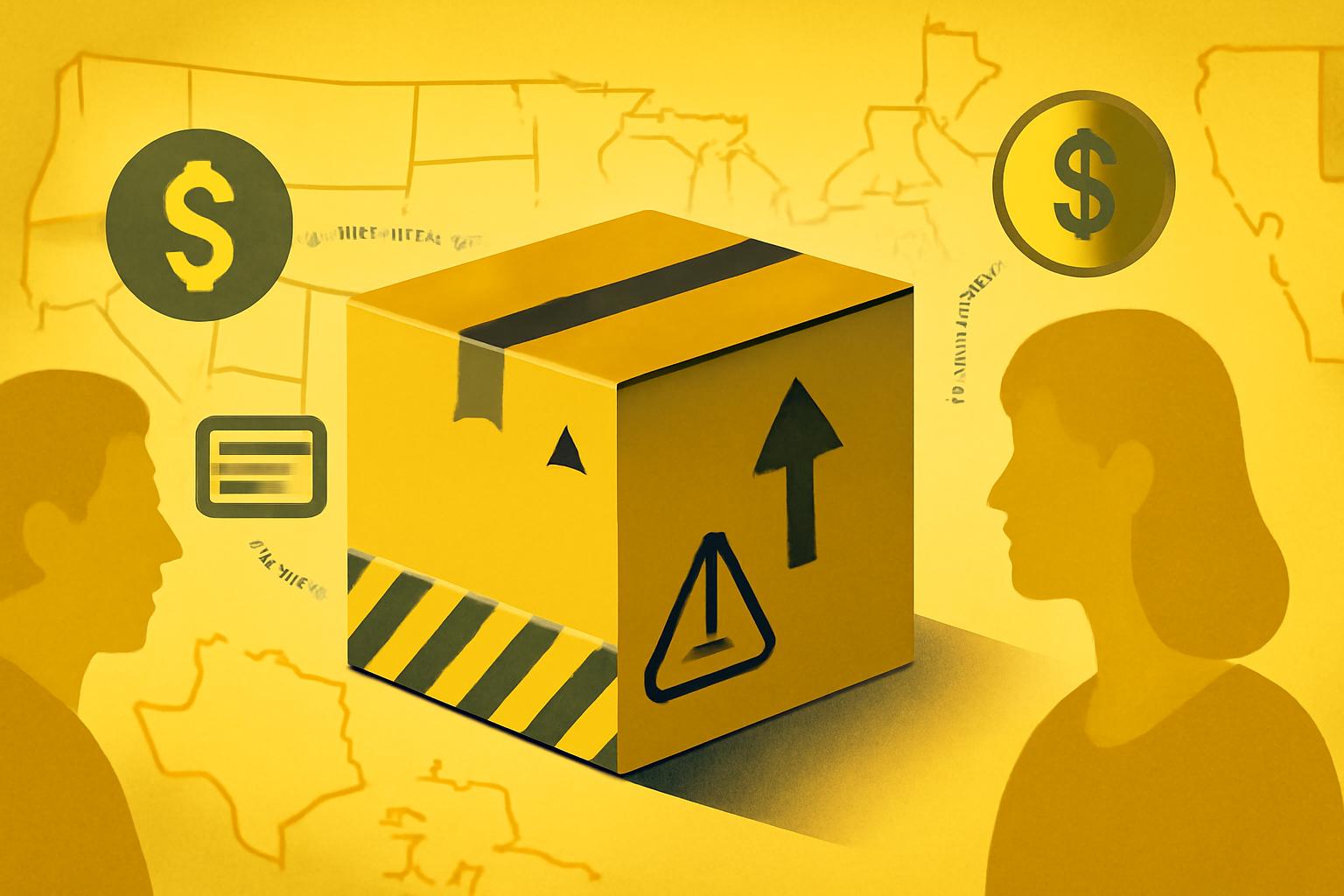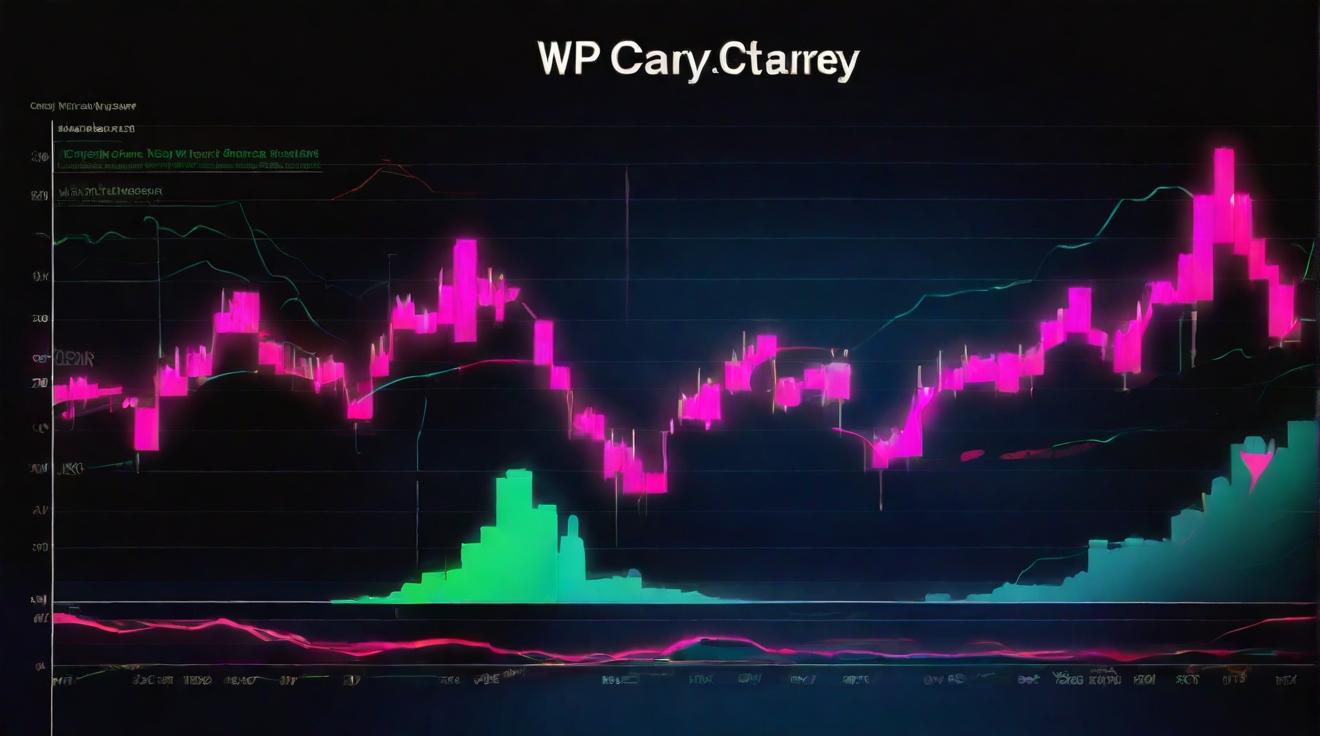Delivery Fees on the Rise: Governments Introduce ‘Doorstep Taxes’
In recent years, consumers across various US states have noticed subtle increases in the cost of home deliveries for everyday items, from Amazon toilet paper to DoorDash meals. These incremental charges, often overlooked, are the result of new government-imposed delivery fees commonly referred to as “doorstep taxes.” Unlike the typical service fees added by companies, these charges originate from local and state governments seeking to tap into the expanding delivery economy to fund infrastructure and public services.State-Level Delivery Fees: Scope and Examples
Minnesota and Colorado have been at the forefront, implementing fees on deliveries. Colorado charges 28 cents per delivery, while Minnesota imposes a 50-cent fee on orders exceeding $100. These fees have sparked debate and even repeal attempts, yet Colorado’s fee remains intact, projected to generate $5 billion over the next decade. Several other states—including Nebraska, Ohio, Hawaii, Maryland, Mississippi, Nevada, New York, and Washington—are evaluating similar proposals, with fees expected to range between 25 and 75 cents per transaction.Economic and Fiscal Perspectives on Delivery Fees
“Our once productive economy transitions into a rentier economy in which monopolistic companies extract money from consumers, well, because they can,” said Mariano Torras, chair and professor of finance at Adelphi University. Torras highlights the surprising development of governments adopting similar rent-extraction mechanisms, signaling a shift in fiscal strategy amid evolving economic models. Tax experts view these fees as an accessible revenue source for cash-strapped states. Mike Bernard, chief tax officer at Vertex, notes that sales taxes and fees are politically easier to implement than raising property or income taxes, especially as consumer behavior shifts toward delivery services. Bernard explains, “If a person doesn’t drive to the store but a delivery truck does, states still need funds to maintain infrastructure.”Expansion of Hidden Fees Beyond Delivery
In addition to delivery fees, governments are increasingly imposing charges on other services, such as recycling fees for electronic goods. Municipalities leverage their regulatory authority to fund public services and infrastructure through these surcharges. Airport authorities have also introduced “neighborhood fees”—extra charges on concessions within airport premises. Philadelphia International Airport, for example, added a 3% surcharge on all concession sales starting last year.Consumer and Business Impact of Delivery Fees
While these fees may appear modest, experts warn they represent disguised taxes that increase costs for consumers, particularly affecting low-income families who rely on delivery services for essential goods.“Stealth taxes like retail delivery fees are a short-term patch, not a long-term solution,” said Arjun Mahadevan, CEO of tax preparation firm Doola. “They add friction and erode consumer trust, especially impacting small businesses and entrepreneurs.” The unpredictability of these fees complicates pricing strategies and customer experience for small businesses, which are key drivers of innovation and economic growth.Tech Industry Pushback Against Delivery Taxes
Industry leaders including Amazon, DoorDash, Alphabet, Grubhub, and Instacart have joined forces through the Chamber of Progress to oppose doorstep taxes, arguing they are regressive and ineffective.“These taxes hurt families living paycheck to paycheck, many of whom depend on delivery for medicine and food,” said Hope Ledford, director of civic innovation policy at the Chamber of Progress. “Delivery is an essential service, and these fees make life more expensive.” Research supports that higher-income and younger consumers primarily drive online shopping, while lower-income households represent a smaller share of this market.Legislative Justifications and Future Outlook
Lawmakers argue delivery fees are a necessary response to changes in transportation and tax revenues. With electric vehicle adoption reducing gas tax income, fees on deliveries help fund infrastructure projects. New York State Assemblyman Robert Carroll supports a $3 delivery fee on most items delivered in New York City, exempting essentials like food and medicine. He emphasizes the fee’s potential to reduce delivery traffic and fund public transit initiatives.“Unregulated online deliveries with 24-hour truck traffic are unsustainable. We want to make consumers more thoughtful and support sustainable infrastructure,” Carroll said. The proposal remains under consideration, with potential to finance free bus transportation programs and other public services.FinOracleAI — Market View
The emergence of government-imposed delivery fees represents a significant shift in state revenue strategies amid evolving consumer behaviors and infrastructure funding challenges. While these fees provide immediate fiscal relief to governments, they introduce additional costs that could affect consumer spending patterns and small business operations in the delivery ecosystem.- Opportunities: New revenue streams for infrastructure and public services; potential to encourage consolidated deliveries, reducing traffic and emissions.
- Risks: Increased consumer costs, especially for low-income households; potential erosion of consumer trust; added complexity for small businesses in pricing and compliance.
Impact: Delivery fees are likely to become a widespread fiscal tool with mixed effects—benefiting state budgets but imposing hidden costs on consumers and businesses, necessitating careful policy design to balance revenue needs with economic fairness.
Contents
Delivery Fees on the Rise: Governments Introduce ‘Doorstep Taxes’State-Level Delivery Fees: Scope and ExamplesEconomic and Fiscal Perspectives on Delivery FeesExpansion of Hidden Fees Beyond DeliveryConsumer and Business Impact of Delivery FeesTech Industry Pushback Against Delivery TaxesLegislative Justifications and Future OutlookFinOracleAI — Market View













